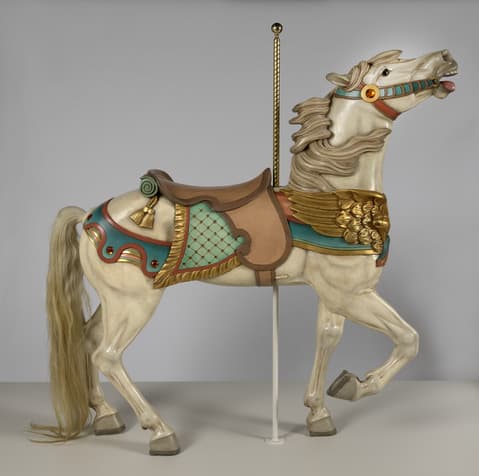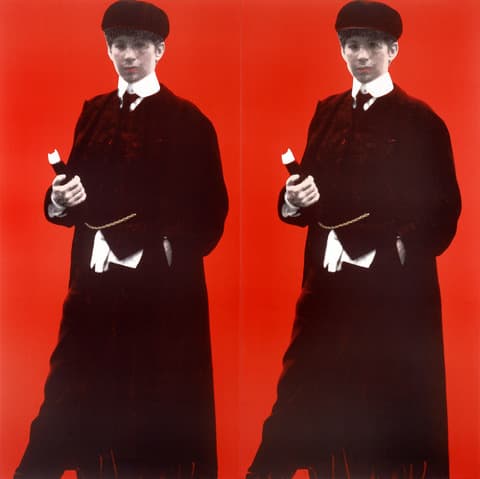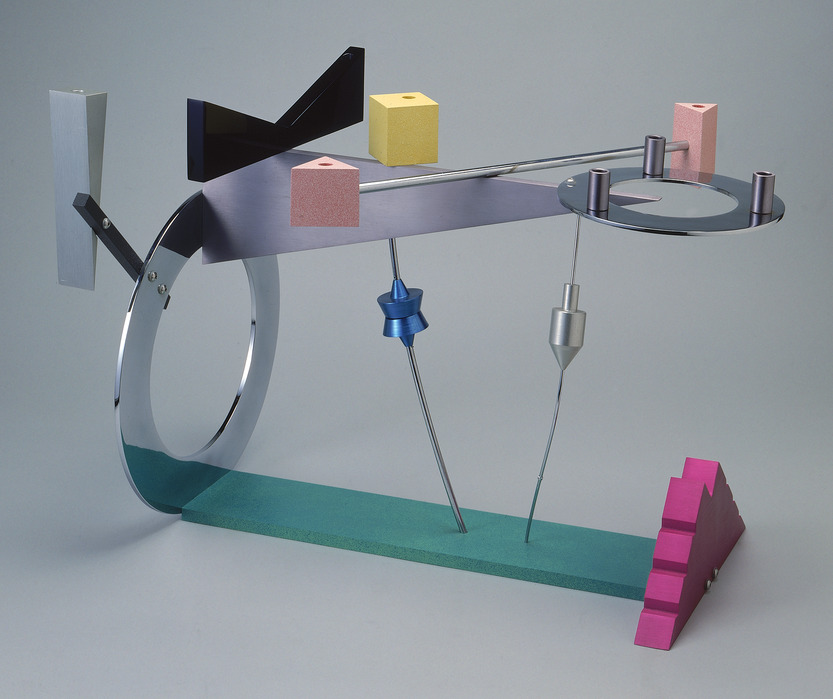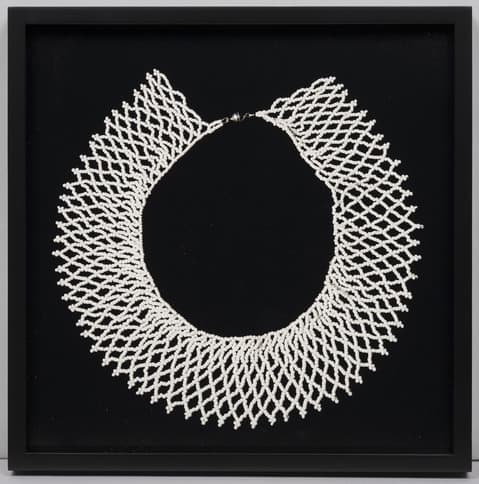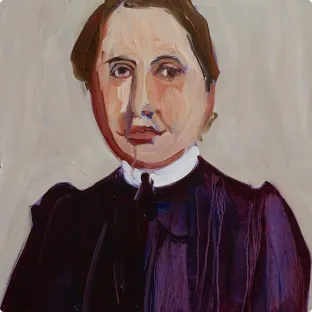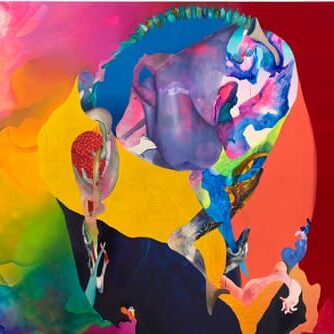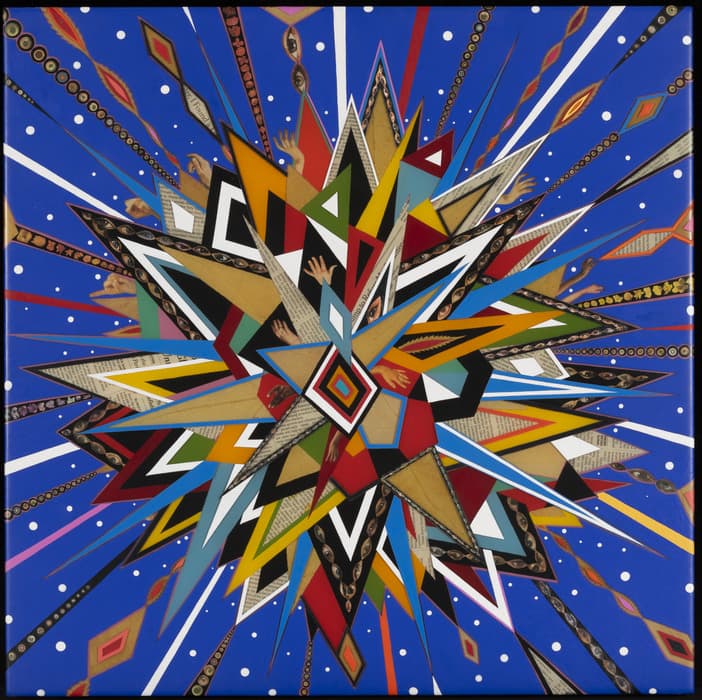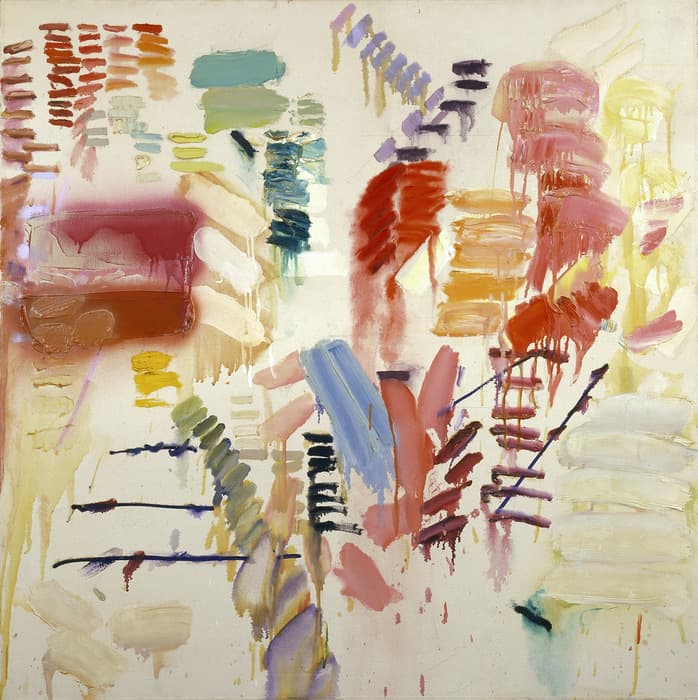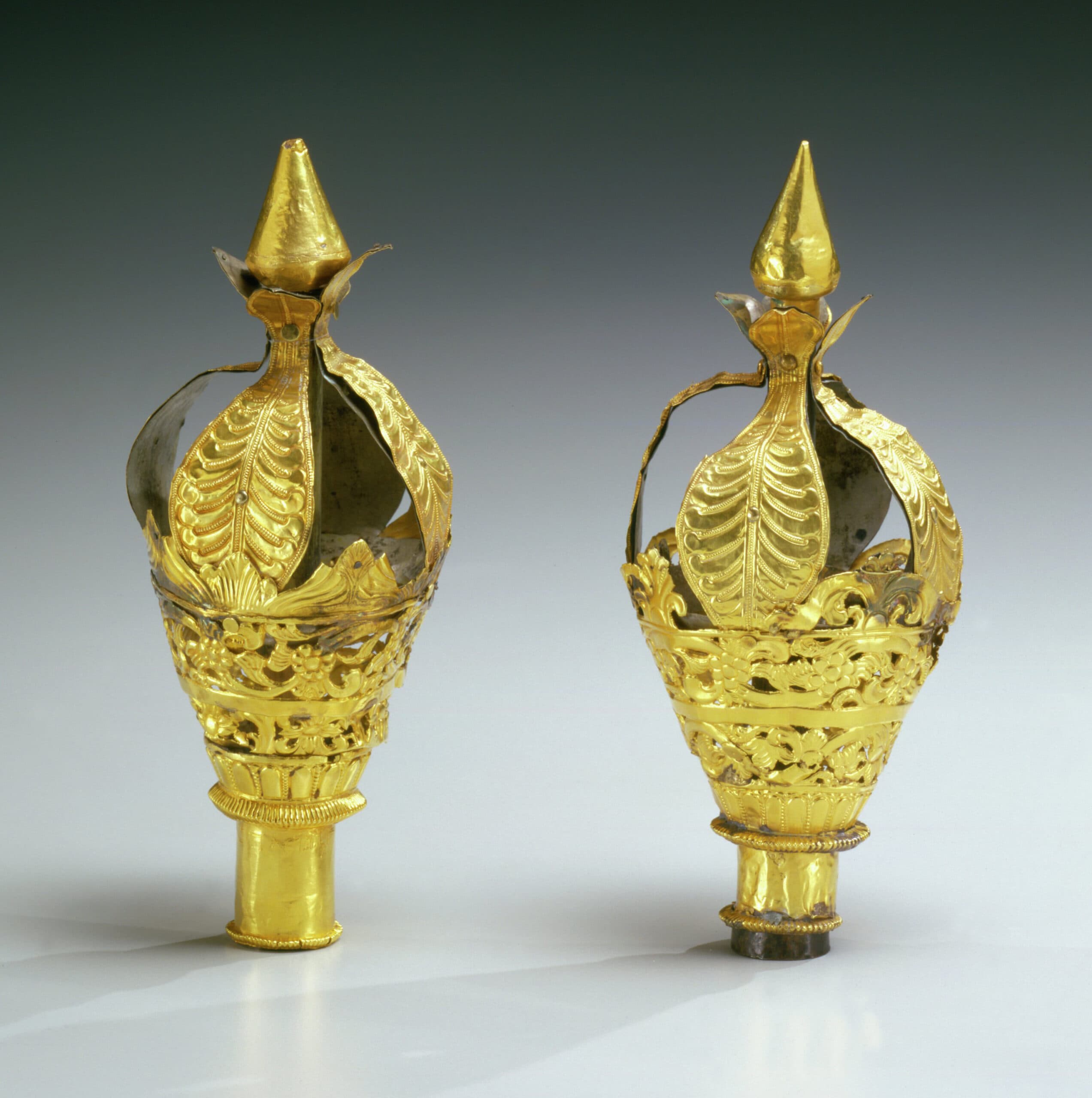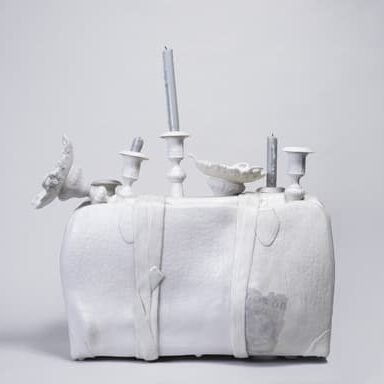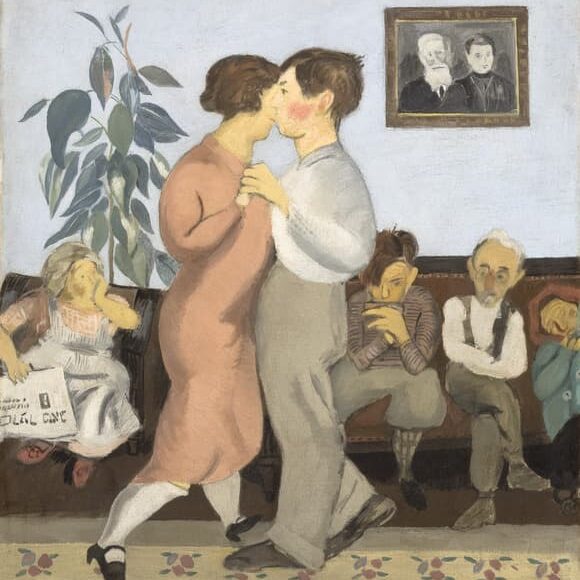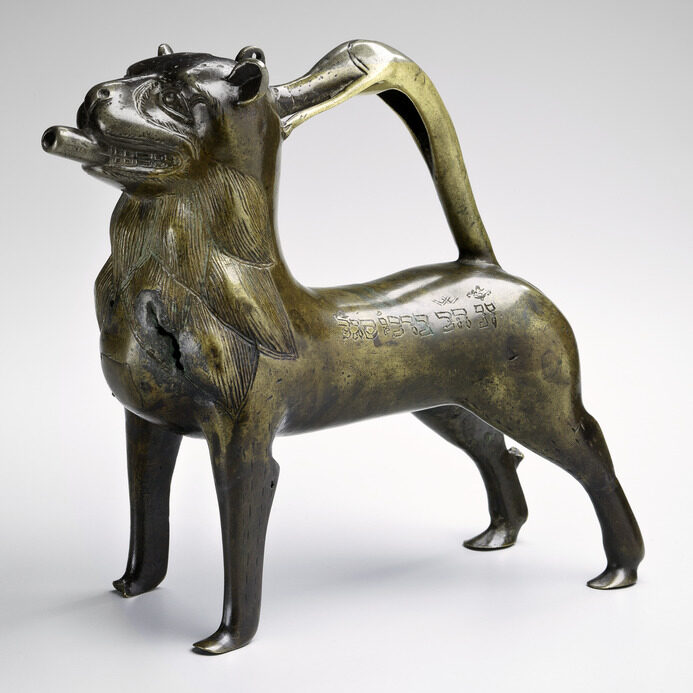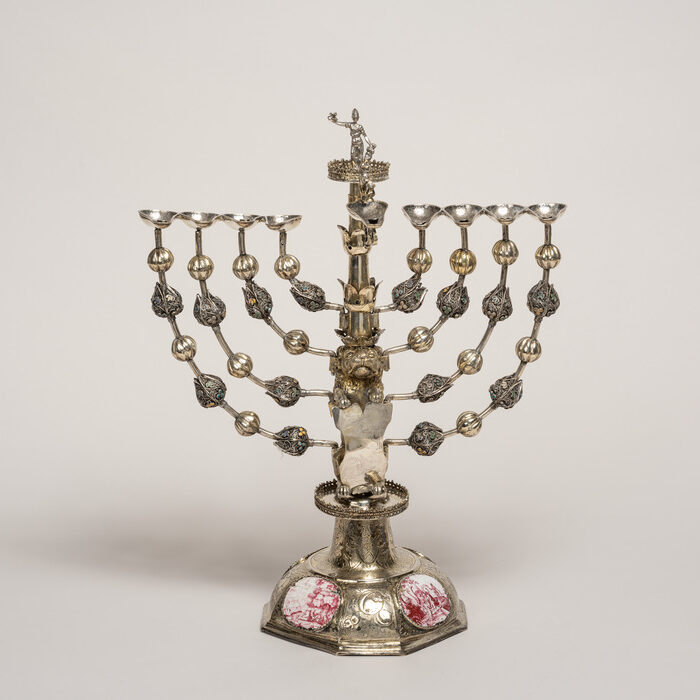Jack Goldstein X 10,000 Opens at the Jewish Museum May 10, 2013
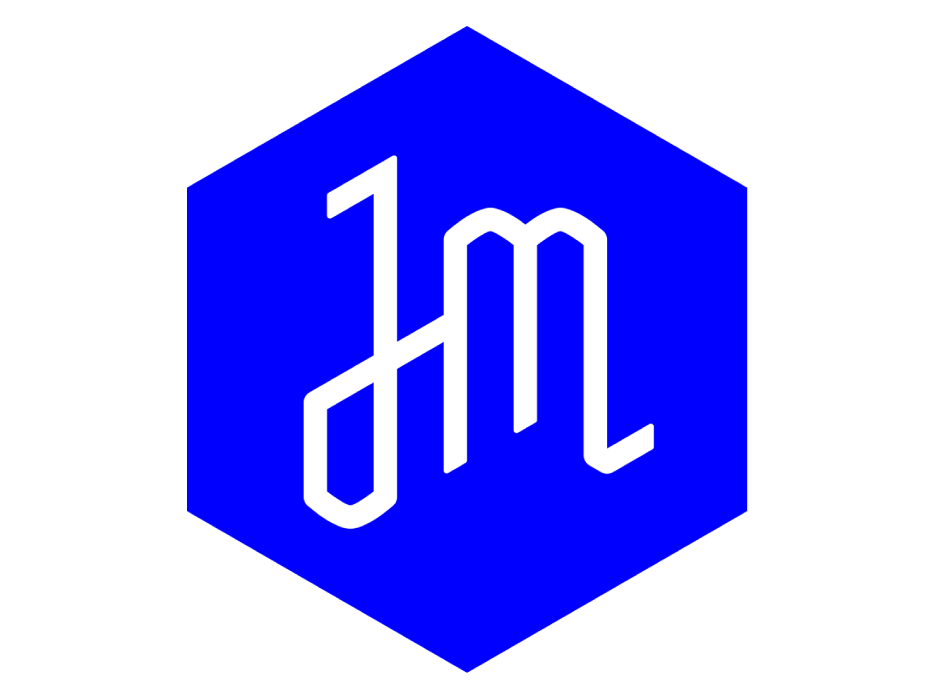
First American Retrospective for Seminal Artist of the Pictures Generation
New York, NY — Beginning May 10, 2013, The Jewish Museum in New York will present Jack Goldstein x 10,000, the first American museum retrospective devoted to the work of Canadian-born artist Jack Goldstein (1945-2003). This comprehensive exhibition brings to light Goldstein’s important legacy, revealing his central position in the Pictures Generation of artists of the 1970s and 80s. The impressive range of the artist’s imagination will be explored through Goldstein’s influential films and paintings as well as his pioneering sound recordings, installations, and writings. Ten years after his untimely death in 2003, Goldstein’s work is exerting fresh influence, especially among younger artists. With Jack Goldstein x 10,000, The Jewish Museum provides audiences who may not be familiar with his work an in-depth understanding of an extraordinary art innovator.
Jack Goldstein x 10,000 will remain on view through September 29, 2013. The exhibition was organized by the Orange County Museum of Art, where it was presented in 2012. The Jewish Museum in New York is the only other venue for the show, which includes nearly 40 works of art, along with rare writings providing a context for the reappraisal of Goldstein’s contributions.
Born to a Jewish family in Montreal in 1945, Jack Goldstein moved to Los Angeles as a child. A member of the first graduating class of the California Institute of Arts (CalArts), Goldstein emerged as a key figure in the Pictures Generation and as a peer of such celebrated figures as Cindy Sherman, Robert Longo, Sherrie Levine, and James Welling, among others, participated in a fundamental shift in American art during the late 1970s. Enthralled by mass culture, the Pictures Generation artists took photography, film and performance in new directions, and expanded the stylistic vocabulary of painting and drawing by appropriating images from books, magazines, advertisements, television and film.
In the late 1960s Goldstein made Minimalist sculpture, arrangements of wooden blocks and other objects precariously held together by gravity — a metaphor for the contingency and fragility of life. He soon turned to staged performances, several of which were performed in New York City in the mid-70s. An example of Goldstein’s sculpture as well as his performance portfolio will be on view.
Jack Goldstein x 10,000 brings together 17 films, spanning the years 1971 to 1983. As art historian Douglas Crimp recalls in the exhibition catalogue, “They were quite unlike any other films I’d seen up to that point.” Each film opens with a fixed, close-up view of an object on a plain background. Its detachment from its original context leaves a space in the viewer’s mind for new meanings to enter. Although short — from just over half a minute to about eleven minutes — the films tend to literalize the passage of time, often by requiring viewers to watch a single image or fragment that repeats itself over and over. Exhibition highlights include his celebrated 1975 film of the growling Metro-Goldwyn-Mayer lion. Another signature work is the 1978 film The Jump, featuring a leaping diver, performing a somersault and disintegrating into fragments.
Goldstein also began to appropriate and remix recorded sound and image; by the mid-1970s he was producing vinyl records as artworks, editing together stock film-industry sound effects of unnerving or frightening moments. Thus, while his films are based on performed events his records have a more direct link to commercial culture. Jack Goldstein x 10,000 includes a selection of 19 records which visitors can see as well as listen to.
By 1980 Goldstein was starting to paint. His first canvases, with their sleek surfaces, monumental size, and photographic gleam, retained the cinematic polish of his records and films. His images derive from appropriated pictures, ranging from World War II and nature photographs to computer-generated abstractions. He continued his exploration of mortality, depicting violent yet ethereal landscapes. He hired assistants to execute the paintings, giving them photographs and instructions. Implied in his disappearance from the artwork is his disappearance from the world; here as elsewhere a deep, existential anxiety permeates his work.
Throughout Goldstein’s career, words had been a presence in his work, particularly aphorisms and other short passages based on appropriated texts. He considered his final work, the immense, seventeen-volume Selected Writings, his autobiography. In the last decade of his life he lived in obscurity in East Los Angeles, voraciously reading philosophy books backwards. He extracted passages he found interesting and pieced them together to construct a personal narrative, an amalgamation of appropriated texts by other authors in which his own identity is deeply hidden within a chorus of voices.
The exhibition also includes a selection of photographs by James Welling of Jack Goldstein’s studio in Los Angeles. Welling’s photographs offer a tantalizing look at the artist’s creative world — particularly fascinating for an artist who deliberately suppressed his own presence in his art.
With his films and paintings, Goldstein achieved a level of art-world recognition and visibility. By the late 1980s, struggling with depression and a drug dependency, Goldstein returned to California, where he spent most of the next decade out of sight. He was planning an exhibition of paintings in Los Angeles at the time of his death by suicide in 2003.
Over the past decade interest in Jack Goldstein’s work has grown. The exhibition positions Goldstein as one of the leading artists of the 1970s and 1980s.
Exhibition Catalogue
The exhibition is accompanied by a 240-page, fully illustrated catalogue co-published with Prestel which is available from The Jewish Museum’s Cooper Shop for $49.95. Included are essays by Philipp Kaiser, Douglas Crimp, and Alexander Dumbadze, as well as a photo essay by James Welling. The catalogue also includes a previously unpublished 2001 interview with Goldstein by artist Meg Cranston.
Related Program Highlights
The Jewish Museum is offering a diverse series of programs related to the Jack Goldstein exhibition featuring such artists and curators as John Baldessari, Douglas Crimp, and Robert Longo. On Thursday, May 23, 2013, Douglas Crimp, Critic and Fanny Knapp Allen Professor of Art History at the University of Rochester, and Jens Hoffmann, Deputy Director of Exhibitions and Public Programs at The Jewish Museum, will discuss Goldstein as a pioneer of conceptual art practices. Crimp curated a legendary Pictures exhibition in 1977. On Wednesday, September 11, 2013 in How is Jack Goldstein?, John Baldessari and R.H. Quaytman will share their reflections and impressions of Jack Goldstein in this intergenerational dialogue moderated by Jens Hoffmann. As Goldstein’s instructor at CalArts in the early 1970s, Baldessari greatly informed the late artist’s work. R.H. Quaytman continues the tradition of appropriation and mechanical reproduction. On Sunday, September 22, 2013, as part of the symposium, Who is Jack Goldstein?, panel discussions will examine the circumstances of the art world during the 1970s and 1980s along with the impact of the Pictures Generation on artists today. Artist and filmmaker Morgan Fisher will present the keynote lecture and panelists will include artists Robert Longo, Matt Mullican, Troy Brauntuch, James Welling, and Kathryn Andrews, among others. A complete series schedule is available upon request.
Press Preview
An exhibition press preview will take place on Tuesday, May 7, 2013 from 10 am to 12 noon, with remarks at 10:30 am. Please RSVP to [email protected] or 212.423.3271.
Credit
Jack Goldstein x 10,000 was organized by the Orange County Museum of Art and curated by guest curator Philipp Kaiser. The Jewish Museum presentation has been organized by Joanna Montoya, Neubauer Family Foundation Assistant Curator.
This exhibition is made possible by a grant from The Andy Warhol Foundation for the Visual Arts, Inc.
Additional support is provided by Jean and Tim Weiss, the National Endowment for the Arts, Barbara and Victor L. Klein, and Karyn D. Kohl.
The Jewish Museum presentation is made possible by the Melva Bucksbaum Fund for Contemporary Art. Generous support is also provided by Venus Over Manhattan.
Press contacts
Anne Scher/Alex Wittenberg, The Jewish Museum, 212.423.3271 or [email protected]
Andrea Schwan, Andrea Schwan Inc., 917.371.5023 or [email protected]
